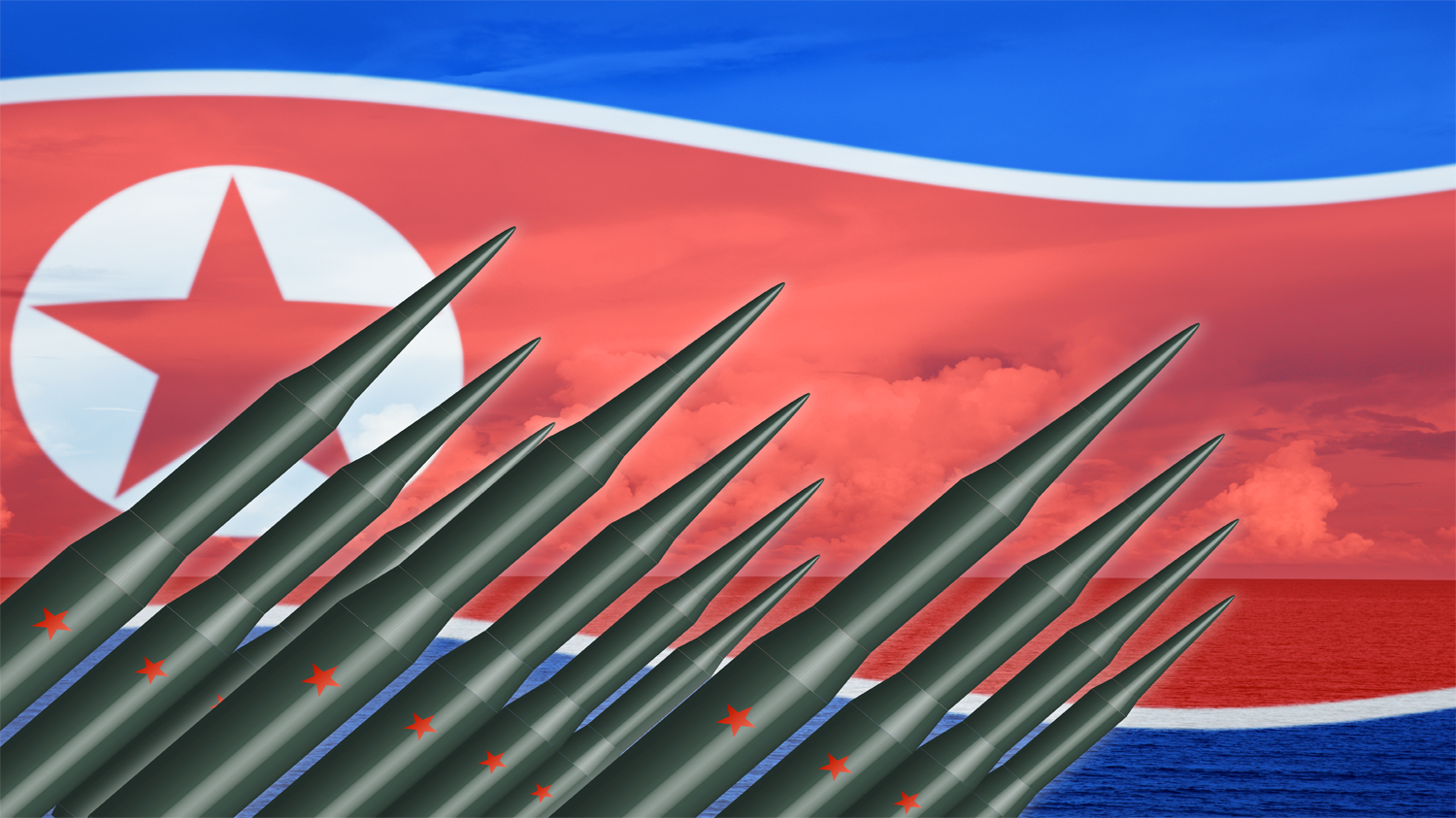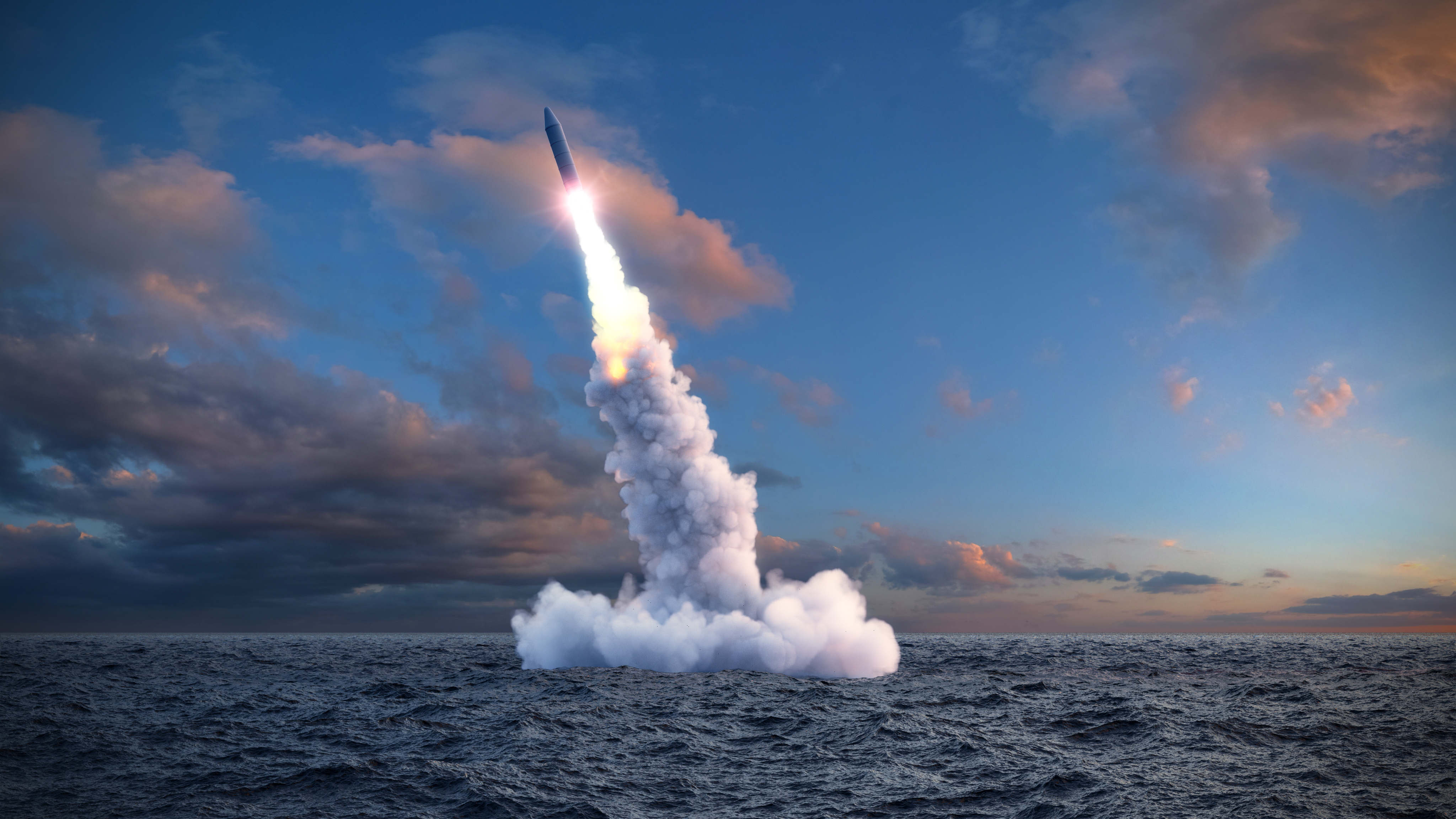
NK Update for March 2022
Special Report | April 21, 2022
Yong-Shin Cho
Ph.D. candidate at Seoul National University
In this month’s NK Update, Yong-Shin Cho, Ph.D. candidate at Seoul National University, discusses North Korea’s missile tests held in March and analyses the North’s intention behind the provocations. Pyongyang launched projectiles on three occasions during the short timeframe between the South Korean presidential elections until today. Consequently, South Korea and the U.S. have expressed strong backlash, stating that its actions have not only destabilized the Korean peninsula, but also the international community. The author provides two speculations behind Pyongyang’s decision, asserting that it assumes that the U.S. is unlikely to roll out countermeasures in light of the Russia-Ukraine war and that the recent tests signal the regime’s disapproval towards the Yoon administration’s determined stance against North Korean provocations.
North Korea Launches a Series of Ballistic Missiles in March
Pyongyang launched a ballistic missile from the Sunan area located in Pyongyang toward the East Sea, on March 5th, just four days ahead of the South Korean presidential election. This marked the ninth provocation this year. North Korea announced that the launched projectile was a “reconnaissance satellite,” denying claims that this was a test launch of an intercontinental ballistic missile (ICBM). The launch was suspected of having been shot at a steep angle from a Transporter Erector Launcher (TEL). If it had been launched from a standard angle, it would have traveled 1,000 to 1,500 km, the distance of a medium-range ballistic missile.
Following the launch, the South Korean Joint Chiefs of Staff (JCS) swiftly stated that “The North’s recent series of ballistic missile launches are a significant threat to not only the international community, but also peace and stability on the Korean Peninsula.” The U.S. Indo-Pacific Command has also urged Pyongyang to “refrain from further destabilizing acts.” Later on, a U.S. government official claimed that “The U.S. government has concluded that North Korea’s two ballistic missile tests on February 26th and March 4th (U.S. time) involved a relatively new intercontinental ballistic missile system” during a press briefing held on the phone. The official added, “These launches are likely intended to test elements of this new system before North Korea conducts a launch at full range, which they will potentially attempt to disguise as a space launch.” The new system refers to the Hwasong-17 ICBM that was unveiled during the parade celebrating the 75th founding anniversary of the Workers’ Party on October 10th, 2020. The Hwasong-17 was referred to as a “monster” for its size – analyses claim that it can carry multiple warheads with a range of over 13,000 km.
On the 16th, North Korea launched yet another projectile. This was suspected of having exploded at an altitude below 20 km before reaching the target altitude. Although there is not much revealed regarding the altitude and the flight range, the U.S. and South Korean governments presumed the projectile to be Hwasong-17 ICBM. The U.S. Indo-Pacific Command responded in a press conference that “the U.S. will continue to take all necessary measures to ensure the security of the U.S. homeland and our allies,” and that “the U.S. commitment to the defense of South Korea and Japan remains ironclad.” The South Korean foreign ministry also urged North Korea to halt missile tests that could escalate tensions in the region.
Despite statements released by Washington and Seoul, Pyongyang continued to double-down on its provocative measures, launching another ballistic missile on March 24th. The missile flew 1,080 km with a top altitude of over 6,200 km. North Korea quickly put out a statement arguing that it had successfully test-fired the Hwasong-17 under the direct orders of Kim Jong-un. Unlike previous launches, Kim openly stated that “the new strategic weapon of North Korea would make the whole world clearly aware of the power of our strategic armed forces once again.” The Korean Central News Agency supplemented Kim’s remarks asserting that Kim “stressed that our national defense forces would possess formidable military and technical capabilities unperturbed by any military threat and blackmail and keep themselves fully ready for long-standing confrontation with the U.S. imperialists.”
In response, President Moon Jae-in condemned North Korea. At an emergency National Security Council meeting held soon after the launch, Moon commented that “North Korea’s launch represents a scrapping on its own of a moratorium on ICBM tests that State Affairs Commission Chairman Kim Jong-un promised to the international community and a clear violation of United Nations Security Council resolutions.” Moon also urged Pyongyang to cooperate with the office of President-elect Yoon Suk-yeol.
It is worth noting why North Korea chose to provoke the U.S. and South Korea at this particular time in several aspects. First, since the Russia-Ukraine war broke out, the international community directed its attention to Ukraine. The U.S. and its allies were diplomatically preoccupied in addressing the war in Ukraine and contemplating economic sanctions on Russia. Under such circumstances, North Korea may have presumed that it was unlikely for the U.S. to impose economic sanctions as comprehensive and damaging as those imposed back in 2017 on North Korea. In fact, the U.S. government has not rolled out any countermeasures besides increases in surveillance activities and missile defense readiness. Furthermore, the United Nations Security Council has failed to publicly condemn the provocations of the North in their emergency meeting on March 25th due to opposition from Russia and China.
Secondly, North Korea has launched projectiles on three more occasions during the short timeframe from the South Korean presidential election until today. Considering that negotiations have been stalled since the Hanoi summit of 2019, Pyongyang may have intended to remind the new administration that the issue remains pertinent. Furthermore, it may plan to gain strategic advantage through early provocations before the new administration gains legal authority. The provocations could also be perceived as a response to President-elect Yoon’s determined stance against North Korea.
North Korea’s recent missile launches could mark the beginning of further military provocations. In February, the U.S. intelligence community warned that Kim Jong-un will “continue efforts to steadily expand and enhance Pyongyang’s nuclear and conventional capabilities […] periodically using aggressive and potentially destabilizing actions.” 38 North also has provided satellite imagery, suggesting that the Yongbyon nuclear center was in full swing. It seems clear that North Korea has made its decision to escalate tensions in the Peninsula for the months ahead, whether they take form of a submarine-launched ballistic missile (SLBM) test, another nuclear test, or other conventional forms of military actions.■
■ Yong-Shin Cho is a Ph.D. candidate in the Department of Economics at Seoul National University. He has received his MA in the Department of Economics at Seoul National University and his BA from the Department of Economics at Western University in Canada. He has previously worked at the Asia Center and Institute for Peace and Unification Studies at Seoul National University. His research interests include North Korean economy, transition economies, unification perceptions, and economic inequality.
■ Typeset by Seung Yeon Lee Research Associate
For inquiries: 02 2277 1683 (ext. 205) | slee@eai.or.kr
Security and International Relations

North Korea and the Russia-Ukraine War
Jihwan Hwang | April 13, 2022

An Assessment of North Korea’s ICBM Technology and South Korea’s Countermeasures
Sangmin Lee | March 31, 2022

After Deterrence: Implications of the Russia-Ukraine War for East Asia
Yang Gyu Kim | March 14, 2022
LIST